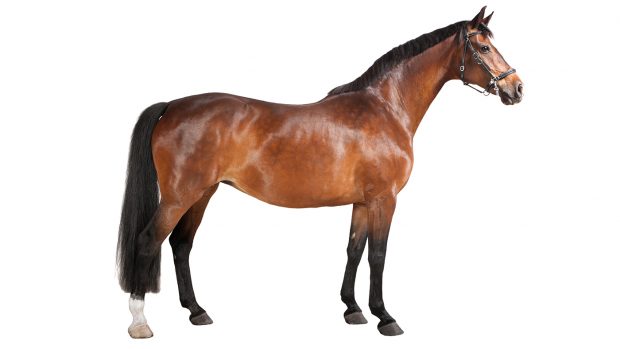Learn more about stifle injuries
Looking for an equine vet?
Horses, like many prey species, have the ability to sleep while standing up.
They can do this because they possess the necessary physiological mechanisms to lock their stifles in extension.
Sleeping upright saves valuable seconds should the horse suddenly need to take flight. It also means that they can stand without expending valuable muscular energy.
But this fascinating adaptation can cause trouble for some horses.
Upward fixation of the patella (known as locking patella/stifle) is a fairly common condition that occurs when this natural locking mechanism fails to unlock spontaneously.
It is especially common in horses with straight hind limb conformation, young animals and those with weak thigh musculature or those in poor condition. It can also be inherited.
Certain exercises are particularly beneficial for horses suffering from upward fixation of the patella. These will help build up the musculature required to reduce the risk of the patella locking and include:
- Plenty of work in an extended, forward trot
- Riding up and down hills to help strengthen the hind quarters
- Working in deep sandy or loamy soils, or in shallow water to promote correct muscle development in the stifle area
Every exercise regime should be tailored to suit an individual horse’s needs but, generally speaking, lunging in tight circles should be avoided as it puts strain on the particularly vulnerable areas.
For the full veterinary article on treating locking stifles, see the current issue of Horse & Hound (24 March, 2011)
Find out more about stifle injuries
Find an equine vet



